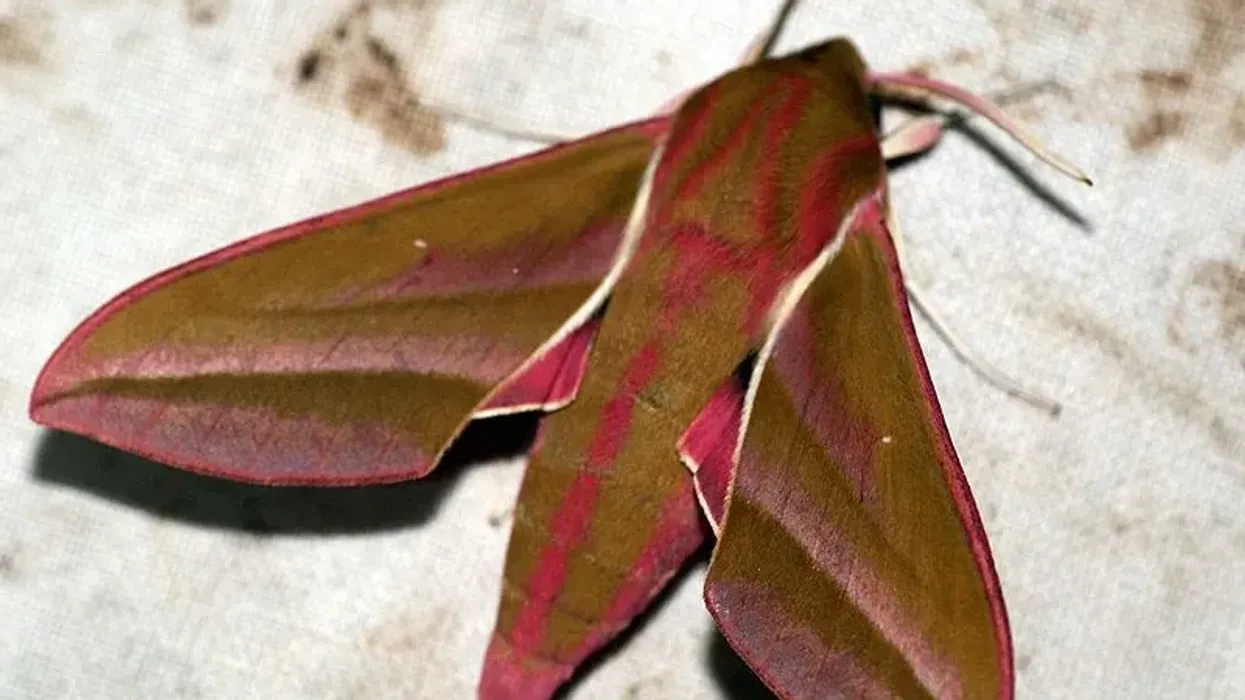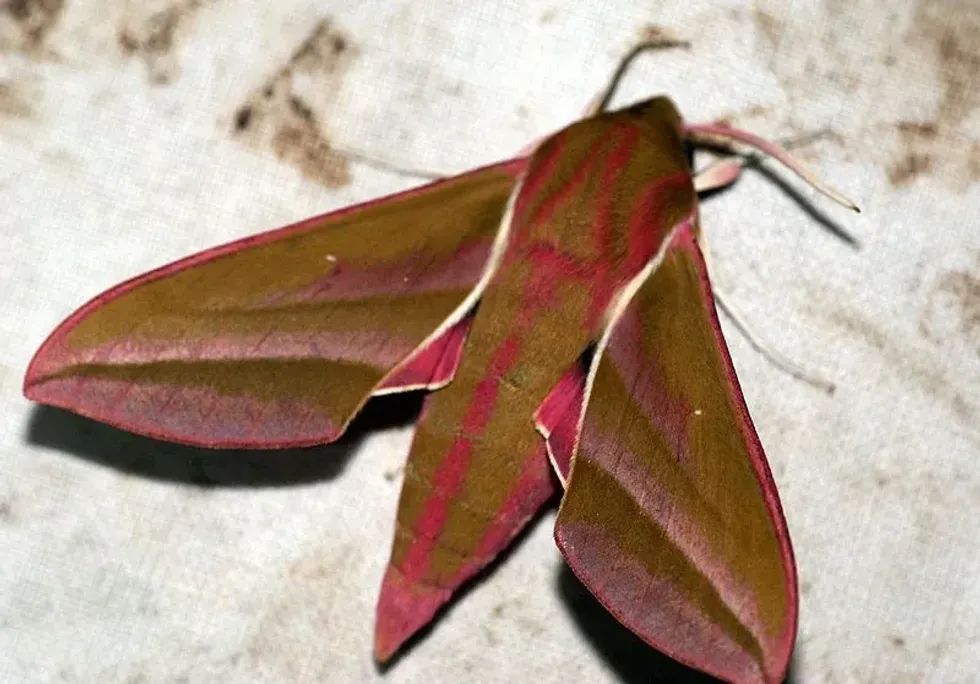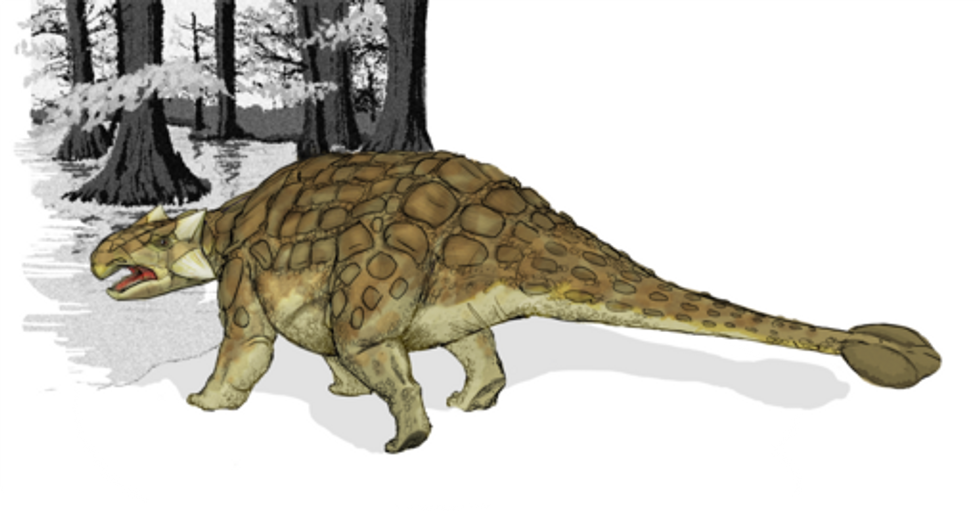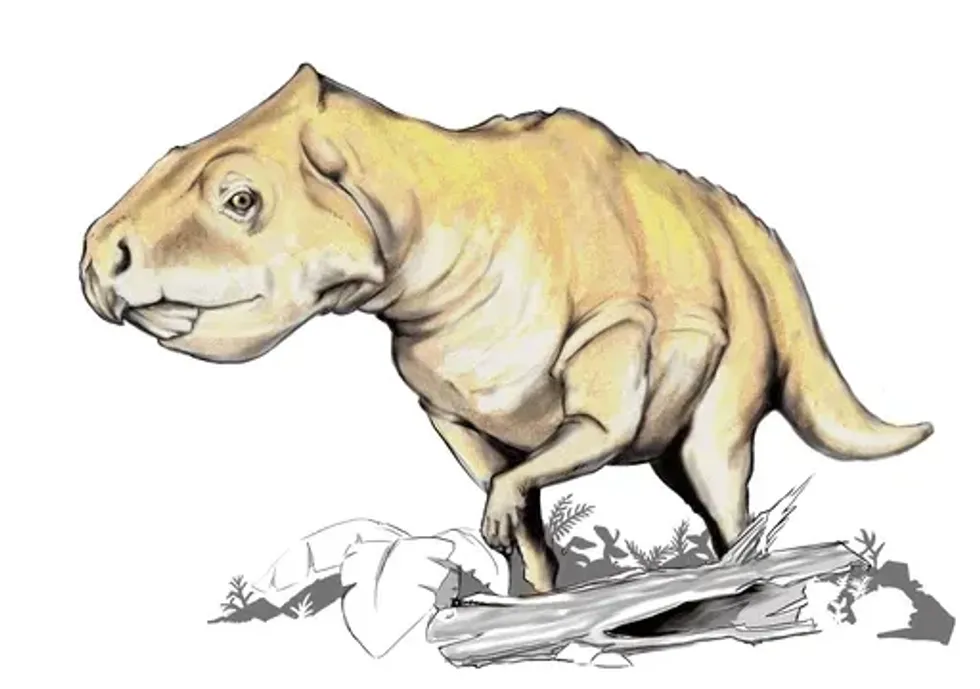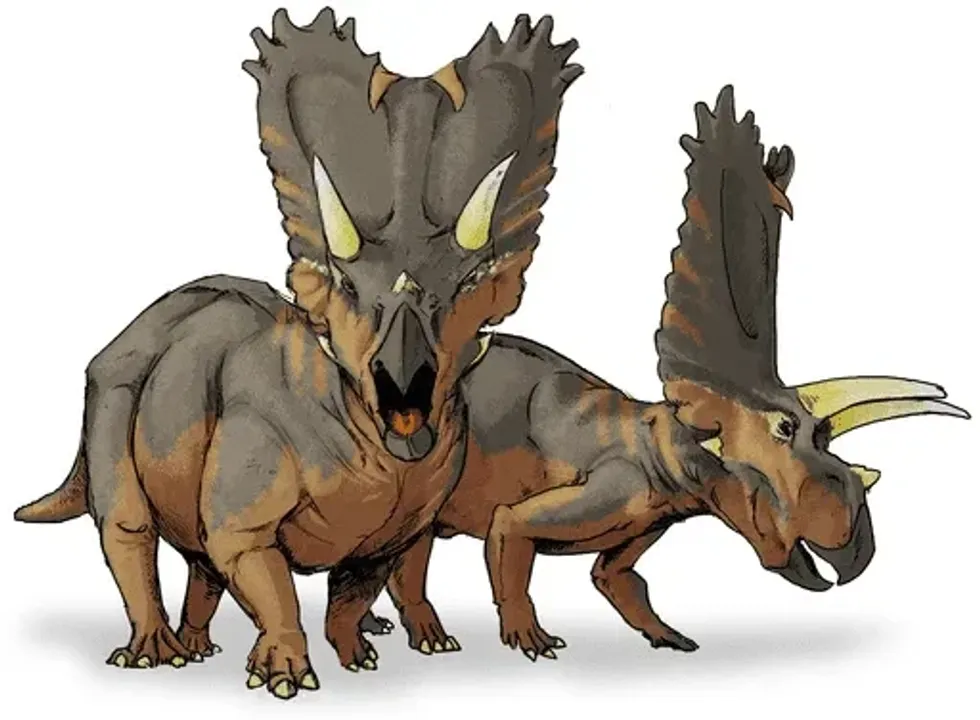Moths are known to be drab and unattractive. Meet this elephant hawk-moth, beautiful, as if God has painted it with gold and pink colors!
It is large and has a hawk in its name because it flies swiftly like a hawk at high maneuvering speeds. It flys from dusk in search of flowers like honeysuckles, etc., for flower nectar. Being nocturnal, it has a sharp color vision in the dark and a sense of smell used to search for food.
It beats its wings at a speed of 70 times per second to position itself rightly on the flower to extract the nectar. The elephant hawk-moth is found in Europe, Scotland, Japan, etc.
The life of an elephant hawk-moth, Deilephila elpenor, starts as a glossy green egg, to a yellow or green caterpillar, to a speckled brown pupa, and eventually an adult moth. These moths have earned a reputation as excellent pollinators throughout the habitat.
The distinct olive green and pink color make it easily distinguishable but can be confused with the small elephant hawk-moth, Deilephila porcellus, a close cousin, is smaller.
You can explore five-spotted hawk moth facts and plume moth facts in our other articles!
Elephant Hawk-moth Interesting Facts
What type of animal is an elephant hawk-moth?
The elephant hawk-moth is an invertebrate insect belonging to the Sphingidae family.
What class of animal does an elephant hawk-moth belong to?
Elephant hawk-moth belongs to the class of Arthropoda. The subspecies Deilephila elpenor elpenor and Deilephila elpenor lewisii are very similar to this. But the subspecies Deilephila elpenor macromera is the large elephant hawk-moth, considered distinct. Another synonym for Deilephila elpenor elpenor is the subspecies Deilephila elpenor szechuana.
How many elephant hawk-moths are there in the world?
Though the number of elephant hawk-moths in the world is unknown, we know that there are 1230 species of hawk-moths in the family Sphingidae worldwide.
Where does an elephant hawk-moth live?
The elephant hawk-moth is most commonly found in the UK, distributed widely in England and Wales. However, it spreads its range north and can also be found throughout Ireland.
In Scotland and the Channel Islands, it is sparsely distributed. It is mainly found where the Rosebay Willowherb is present in habitats such as grassland, woodland edges, gardens, waste ground, sand dunes, hedgerows, etc. However, it also extends to Asia like Japan, India, Bhutan, etc.
What is an elephant hawk-moth's habitat?
The elephant hawk-moth is mainly found where rosebay willowherb is present, as they are the primary food source for its larvae. In habitats such as gardens, grassland, woods, open country land, waste ground and clearings, sand dunes, hedgerows, heathland, open gardens, woodland edges, etc.
The places abundant with flowers and flowering plants, which are food plants, are preferred habitats for this insect. The rosebay willowherb is the main food plant for the larvae.
Who do elephant hawk-moths live with?
Elephant hawk-moths are solitary beings and are not known to live in groups. Hence their abilities to find flowers and food plants, like color vision, smell, etc. are excellent.
How long does an Elephant Hawk-Moth live?
The life span of the elephant hawk-moth is about one year.
How do they reproduce?
The elephant hawk-moth produces only one generation per year, rarely two generations. They are most active from June to September.
The female hawk moth elephant releases pheromones to indicate readiness to mate. After mating, she lays green to yellow eggs on a plant which can be a food source for the caterpillar.
After laying eggs, the female dies. The male lives longer and mates with other females. The eggs hatch in ten days into yellow-green larvae, which grow and molt to become spotted gray caterpillars, about three inches long.
They can weigh between 0.14 to 0.16 oz (4-4.4 gm) and resemble the trunk of an Elephant. From the egg stage, 27 days later, the caterpillar forms a pupa on the ground or at the base of plants in plant debris.
The pupa is about 1.5 in (3.81) long and is specked brown. The moth adults emerge out of the pupa.
What is their conservation status?
The elephant hawk-moth population is abundant, and hence the conservation status is Not Evaluated. The main threat for this species is pesticide use by humans.
Elephant Hawk-Moth Fun Facts
What do elephant hawk-moths look like?

The elephant moth is beautiful with colors that make it gel with the flower background. It has forewings that are olive-brown outlined with pink.
Two pink lines run across wings, one below the other. The hind wings are black inside and pink outside, outlined by white fringes. The thorax, head, and entire body are all olive-brown with pink markings all over.
Many insects of class Lepidoptera, like elephant hawk-moth, have eye spots on their body or wings resembling the eyes of predators like birds, etc., to help in defense. Caterpillars widen their body to highlight the eye spots and resemble a snake to protect themselves.
How cute are they?
The elephant hawk-moths are cute-looking insects. They look special, juicy, and beautiful with their size and colors.
How do they communicate?
The elephant hawk-moth communicates through its colors and sense of smell (pheromones). They camouflage themselves with bright flower colors so that their predators cannot spot them. The caterpillar has eye markings on it, and it expands on sensing danger to adorn a snake-like look to protect itself.
In general, moths are also known to communicate through very low-frequency vibrations to even bats, their predators, who cannot hear.
How big is an elephant hawk-moth?
The wingspan of the elephant hawk-moth is about 2.4 to 2.8 in (6 to 7 cm) in length. Imagine it as an insect big enough to hold in your palm. You may compare it to be slightly bigger than a butterfly.
How fast can elephant hawk-moths fly?
The elephant hawk-moth is very swift in flying and can attain speeds of 11 mph (18kph). It got its name as a hawk moth only because of its ability to fly like a hawk, swiftly, as they are light in weight too. The hawk-moth rests during the day and fly from dusk through the night.
How much does an elephant hawk-moth weigh?
The elephant hawk-moth caterpillars can weigh 0.14 and 0.26 oz (4 and 7.5 gm). The adult hawk-moth is light in weight and swift in speed.
What are the male and female names of the species?
The male is referred to as the male elephant hawk-moth and the female as the female elephant hawk-moth.
What would you call a baby elephant hawk-moth?
The life cycle of an elephant hawk-moth starts from egg, larva (caterpillar), pupa, and finally adult elephant hawk-moths.
What do they eat?
The elephant hawk-moth is nocturnal and feeds on flower nectar from dusk to morning. The caterpillars prefer a habitat containing scented flowers like honeysuckles, rosebay willowherb (Epilobium angustifolium), bedstraw (genus Galium). They also like garden flowers such as fuchsia, lavender, and dahlia.
Rather than landing on the flower, the hawk moth hovers over the flower and extends its straw-like proboscis to suck up nectar.
Are they dangerous?
Despite their bright and colorful appearance (both as adults and caterpillars), the elephant hawk-moths are not toxic and are harmless to both pets and people.
The large moth caterpillars appear to be fierce. Then, with fake eyes, these caterpillar models a snake-like appearance to ward off the attackers.
Would they make a good pet?
Some people have the elephant hawk-moth as a pet for a pleasant experience, fascinated by its humming bird-like flying pattern and pretty bright colors.
To get rid of them, wait until dusk and pick them off to the woods. Then, we can prepare a homemade moth repellant with a mixture of garlic, insecticidal soap, and red pepper powder. This mixture can be diluted with water and sprayed on the garden plants to keep them at bay.
Did you know...
There are some species of hawk-moths which are monster moths, like atlas moths, white witch moths, Hercules moths, etc. Their wingspan can go up to 12 in (30 cm) in size.
But they are not known to be heavy, and they are short-lived, with a life span of fewer than two weeks because they do not have usable mouths and cannot feed.
How did the elephant hawk-moth get its name?
The word elephant in the elephant hawk-moth is derived from the fanciful look of moth caterpillars, which resembles an elephant's trunk. The word hawk signifies its swift hawk-like flying speed, hence, called elephant hawk-moth.
What is the difference between an elephant hawk-moth and other moths?
Other moths, like tiger moths, can be dangerous in their bites and have toxic substances when eaten. However, the elephant hawk-moth looks beautiful and is not dangerous in either its bite or content of toxic substances.
Here at Kidadl, we have carefully created lots of interesting family-friendly animal facts for everyone to discover! Learn more about some other arthropods including paper wasp facts and mayfly facts pages.
You can even occupy yourself at home by coloring in one of our free printable elephant hawk-moth coloring pages.

